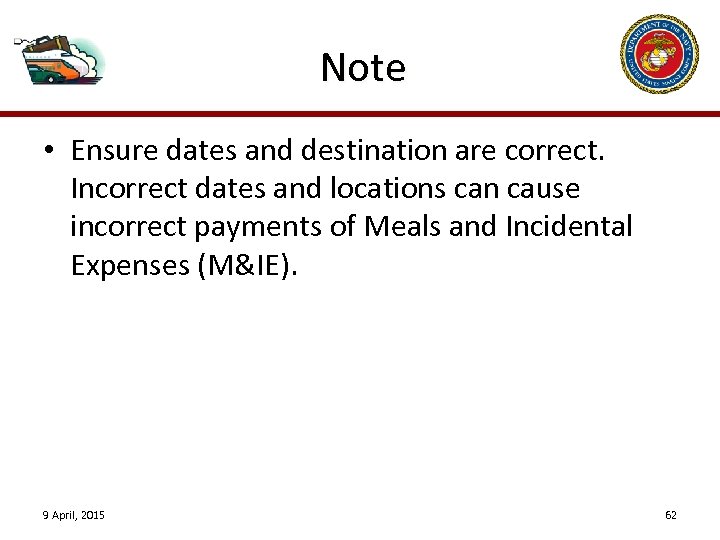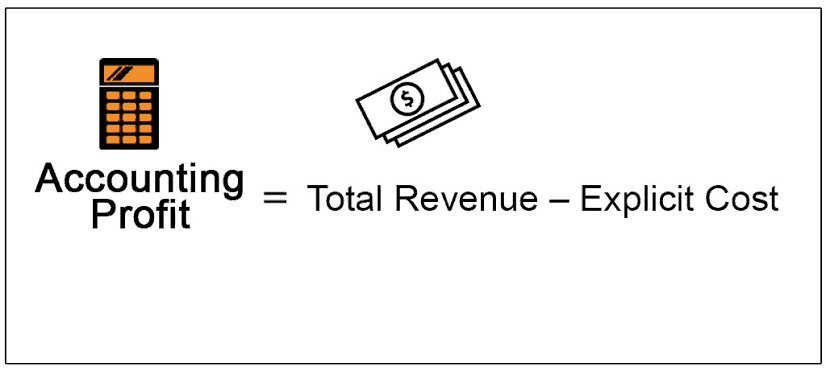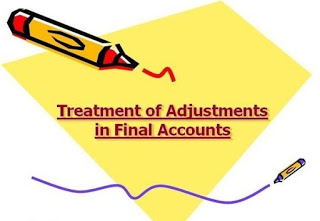Content

It will sell the asset at a price that correctly reflects the value of the asset. It depends on which standard of value is used as a basis for the valuation. Its use is typically determined by state statutes and everyday usage. Correctly applying fair market value to taxes https://online-accounting.net/ ensures there will not be adverse monetary implications later on or any fraud claims by authorities. Recognize key concepts in the two definitions and standards of value. Fair value is usually statutorily determined, and state laws differ as to how fair value is used.
When you start discussing business valuations with an accounting professional, two terms you will often hear are fair market value and fair value. They sound like they could be interchangeable, but they are, in fact, very different. The standard of value chosen is fundamental to the valuation itself. GAAP only considers participants in the most advantageous market for reporting purposes, rather than the open, unrestricted market; typically this will result in a higher value. Fair value is used in the valuation of an asset and is the value at which an asset is exchanged between the parties. In other words, the fair value is the transaction amount paid between parties in the open market. Fair value can refer to the agreed price between buyer and seller or the estimated worth of assets and liabilities.
The Average Depreciation Rate of a Vehicle
Although an asset’s book value is recorded on the balance sheet for small business, you also need to know its market value. This is the amount you or investors would actually receive if you were to sell an asset. Price data in the Valuation feature is updated daily so a new analysis is available each day based on the current price.

Below, we’ll explore fair market value, why it’s important, and how to calculate it. The third tier is for Fair Value vs Market Value inputs that could not be observed, and therefore could only be estimated, at the time of measurement.
Difference Between Fair Value and Market value
Company B’s owner thinks he could sell the stock at $50 per share once he acquires it and so decides to buy a million shares at the original price. Despite the large profit potential for Company B, the sale is considered fair value because the price was agreed by both sides and they both benefit from the sale. The intrinsic value of an equity is calculated by dividing the value of the next year’s dividend by rate of return minus the growth rate. A basic way to estimate the fair value of an investment is with a discounted cash flow model. In the futures market, fair value is the equilibrium price for a futures contract or the point where the supply of goods matches demand. This is equal to the spot price and accounts for compounded interest and lost dividends resulting from the futures contract ownership versus a physical stock purchase. The fair value model is often the model of the fundamental valuation of an asset or a company etc.
What is fair value vs market value IFRS?
Fair value refers to the actual worth of an asset, which is derived fundamentally and is not determined by the factors of any market forces. Market value is solely determined by the factors of the demand and supply, and it is the value that is not determined by the fundamental of an asset.
When your company has a higher market value than book value, it typically means your business is profitable and will continue to grow. Its market value is how much you would receive for it if you were to sell it right now. Revenue consistency – A measure of how consistent revenue growth has been over time. In India, the norm is to choose between Re 1 or Rs 10 as the par value of one share.
Understanding fair value accounting
Basically, it’s the number that you’d expect to see if you put your business out into the marketplace. Essentially, the estimation of an asset’s fair value is a generally complicated process. Determining the asset’s fair value is generally guided by the accounting standards. IFRS and US GAAP provide guidance on how to measure the fair value of an asset. Carrying value is also called book value, which refers to the amount or value of an asset as it appears on the balance sheet.

